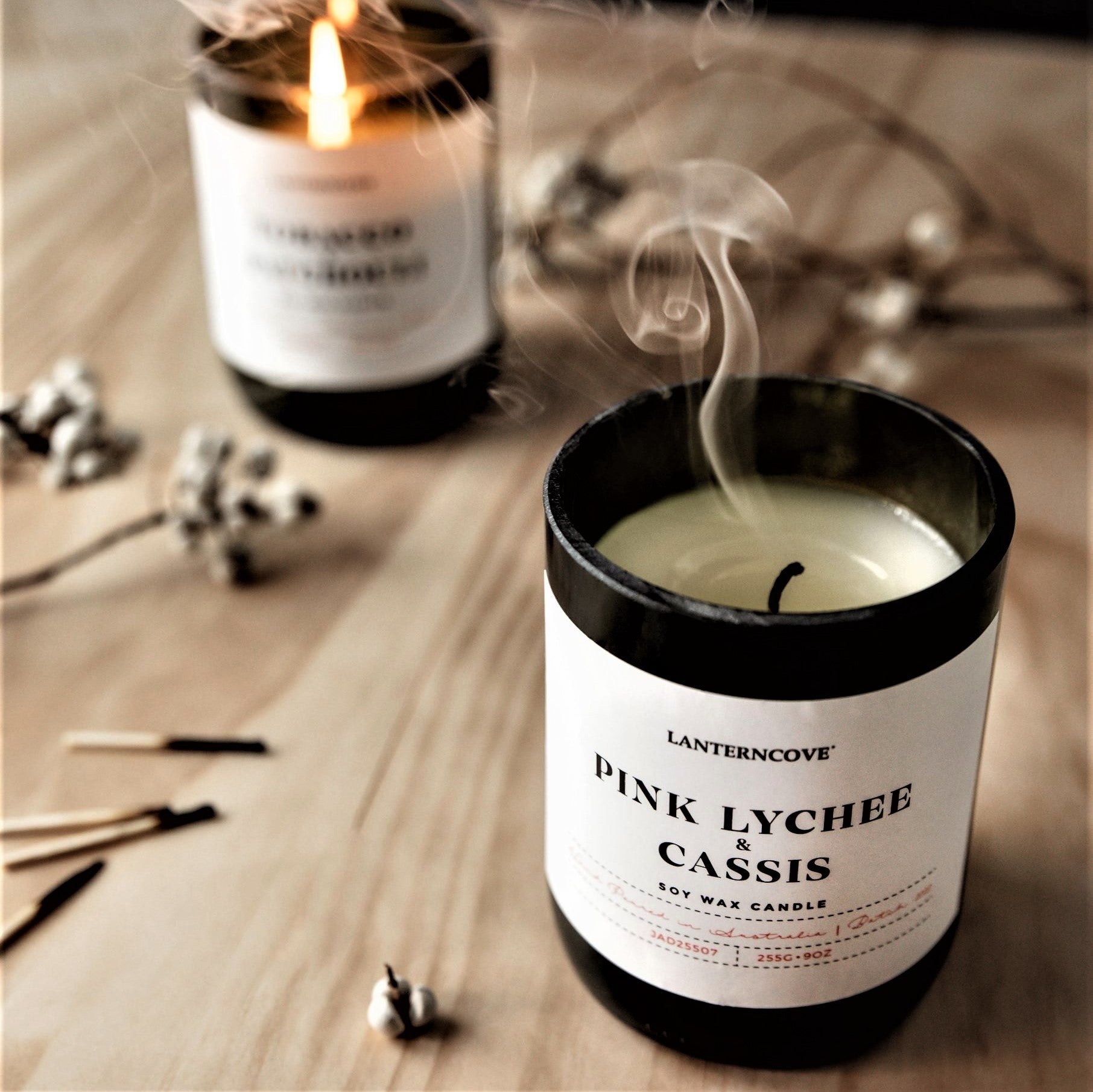From Wick to Wax: Recognizing the Chemistry Behind Soy Wax Candles and Their Environmental Influence
As we brighten our rooms with the cozy glow of candle lights, there lies a world of complex chemistry behind the relatively basic act of lighting a soy wax candle. The option between soy and paraffin wax expands past mere aesthetics, delving right into the realm of ecological effect and the very composition of the products. Understanding the molecular framework of soy wax and its combustion process clarifies the discharges released right into our environments. Join us as we unravel the clinical intricacies behind soy wax candles and discover their effects on our environment.
Soy Wax Vs. Paraffin Wax
When contrasting soy wax and paraffin wax for candle light production, it is necessary to recognize the distinctive qualities and advantages of each material. Soy wax is an all-natural, renewable energy stemmed from soybean oil, making it environmentally friendly and eco-friendly - soy candles. In comparison, paraffin wax is a result of oil refining, which increases problems regarding its ecological impact and sustainability
Soy wax candles burn cleaner and produce much less soot compared to paraffin wax candle lights, making them a much healthier option for interior air top quality. In addition, soy wax has a lower melting factor, enabling a longer-lasting candle that spreads fragrance more efficiently. Paraffin wax, on the other hand, often tends to shed faster and much less easily, possibly launching unsafe chemicals right into the air.
From a sustainability viewpoint, soy wax is favored for its biodegradability and sustainable sourcing, aligning with the expanding customer choice for environmentally aware products. While paraffin wax has been a typical selection in candle making as a result of its cost and ease of use, the shift towards eco-friendly alternatives like soy wax is acquiring energy in the sector.
Chemical Structure of Soy Wax

Burning Process in Soy Candles
The chemical composition of soy wax directly affects the burning process in soy candle lights, affecting aspects such as burn time, aroma launch, and ecological influence. When a soy candle light is lit, the warm from the fire melts the wax near the wick. This fluid wax is then created the wick because of capillary action. As the fluid wax reaches Source the fire, it vaporizes and undergoes burning. The combustion procedure includes the vaporized hydrocarbons in the wax reacting with oxygen airborne to create warm, light, water vapor, and carbon dioxide.
The burning effectiveness of soy candle lights is affected by the pureness of the soy wax and the high quality of the wick. A clean-burning soy candle light with a properly sized wick will certainly create a stable fire and minimize residue development. This not just prolongs the burn time of the candle however likewise boosts the release of scents. Furthermore, soy wax candles have a reduced ecological impact contrasted to paraffin candle lights as a result of their eco-friendly and sustainable nature.

Environmental Benefits of Soy Wax

Taken into consideration a lasting choice to traditional paraffin wax, soy wax provides significant environmental advantages that make it a prominent option amongst eco-conscious customers. One considerable benefit of soy wax is its renewable sourcing. Soy wax is stemmed from soybean oil, which is mostly cultivated YOURURL.com in the USA. The growing of soybeans aids sustain local farmers and minimizes the reliance on non-renewable nonrenewable fuel sources used in paraffin wax manufacturing. In addition, soy wax is biodegradable, suggesting it breaks down naturally without launching dangerous toxic substances into the setting. This particular makes soy wax candles a much more environmentally friendly choice contrasted to paraffin wax candles, which are made from petroleum, a non-renewable resource. In addition, soy wax burns cleaner and generates less residue than paraffin wax, adding to much better interior her response air high quality and lowering the demand for cleaning and upkeep. Generally, the environmental advantages of soy wax line up with the expanding demand for lasting and eco-friendly items in the marketplace.
Recycling and Disposal Factors To Consider
Reusing and proper disposal of soy wax candles play a vital duty in keeping ecological sustainability and decreasing waste in communities and families. When it comes to recycling soy wax candles, the first action is to ensure that the candle light has burned totally.

In terms of disposal, if recycling is not a choice, soy wax candles are biodegradable and can be safely taken care of in most household waste systems. However, it is constantly advised to consult regional reusing facilities or waste administration services for certain guidelines on candle disposal to guarantee proper handling and environmental management.
Verdict
In final thought, the chemistry behind soy wax candle lights exposes their environmental benefits over paraffin wax candles. Soy wax, obtained from soybean oil, burns cleaner and produces less residue when contrasted to paraffin wax.
When comparing soy wax and paraffin wax for candle light making, it is necessary to recognize the distinct features and benefits of each material (soy wax candles).Soy wax candle lights melt cleaner and discharge much less soot compared to paraffin wax candle lights, making them a healthier choice for indoor air high quality.Taken into consideration a sustainable alternative to traditional paraffin wax, soy wax offers notable environmental benefits that make it a popular option amongst eco-conscious consumers. Soy wax burns cleaner and produces less soot than paraffin wax, contributing to far better interior air quality and minimizing the need for cleansing and maintenance.In conclusion, the chemistry behind soy wax candle lights reveals their environmental benefits over paraffin wax candle lights